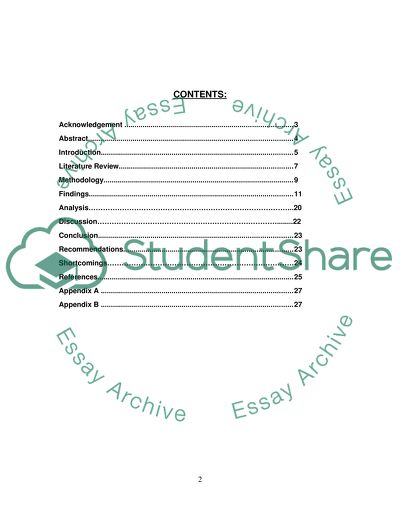Cite this document
(“The Effectiveness of Smoking Ban Research Paper”, n.d.)
Retrieved from https://studentshare.org/health-sciences-medicine/1481939-how-effective-is-the-smoke-free-policy-at-the
Retrieved from https://studentshare.org/health-sciences-medicine/1481939-how-effective-is-the-smoke-free-policy-at-the
(The Effectiveness of Smoking Ban Research Paper)
https://studentshare.org/health-sciences-medicine/1481939-how-effective-is-the-smoke-free-policy-at-the.
https://studentshare.org/health-sciences-medicine/1481939-how-effective-is-the-smoke-free-policy-at-the.
“The Effectiveness of Smoking Ban Research Paper”, n.d. https://studentshare.org/health-sciences-medicine/1481939-how-effective-is-the-smoke-free-policy-at-the.


